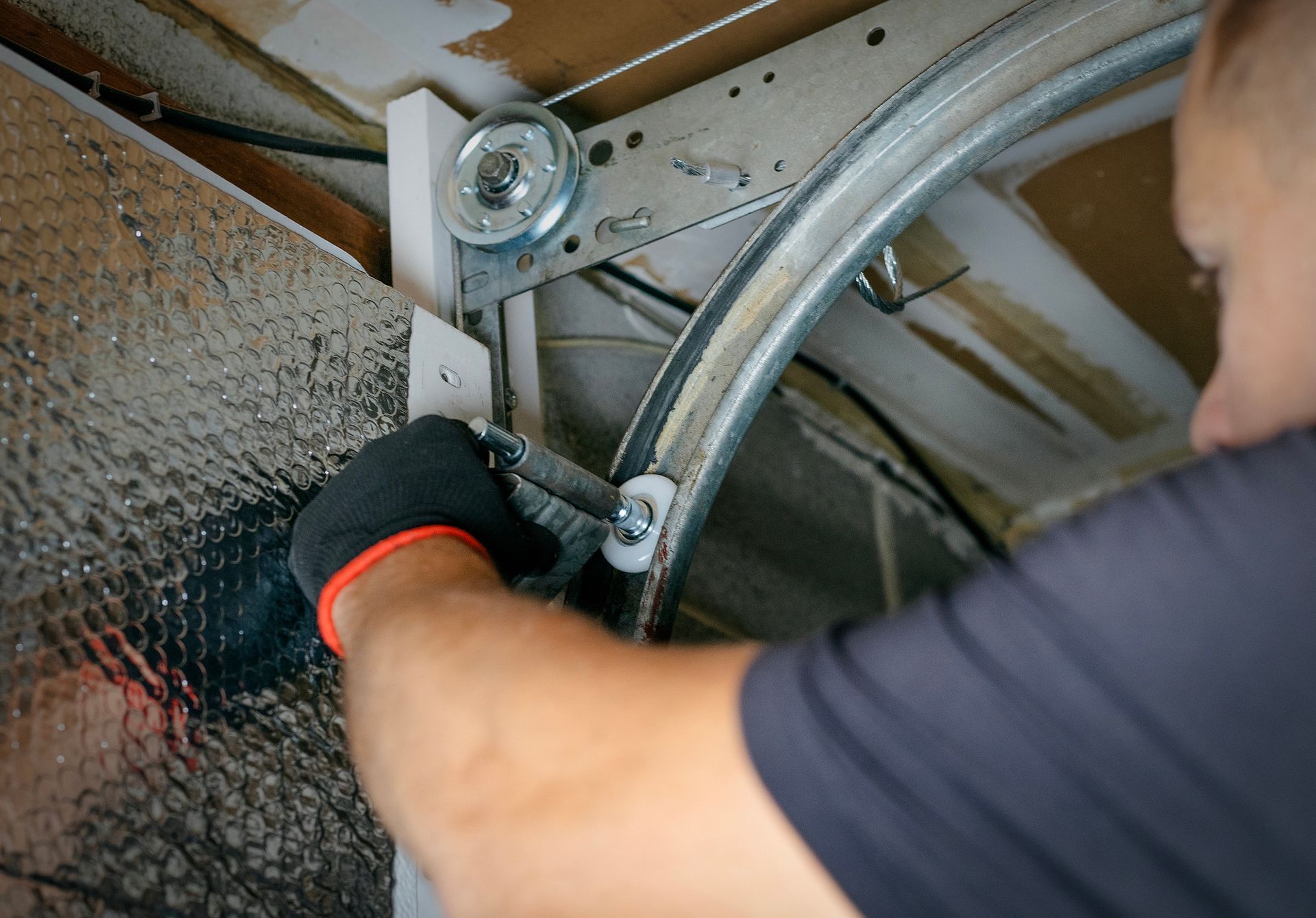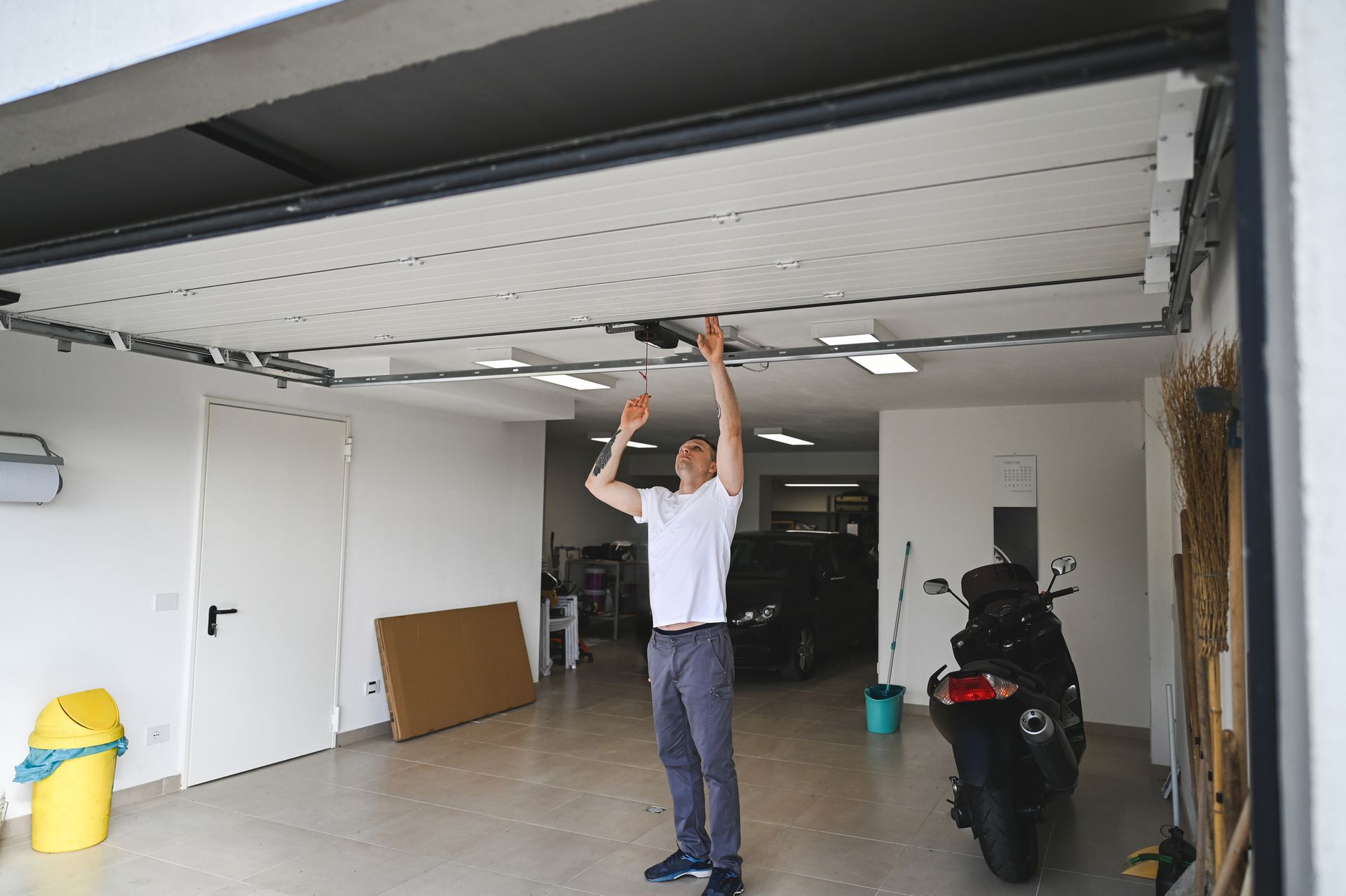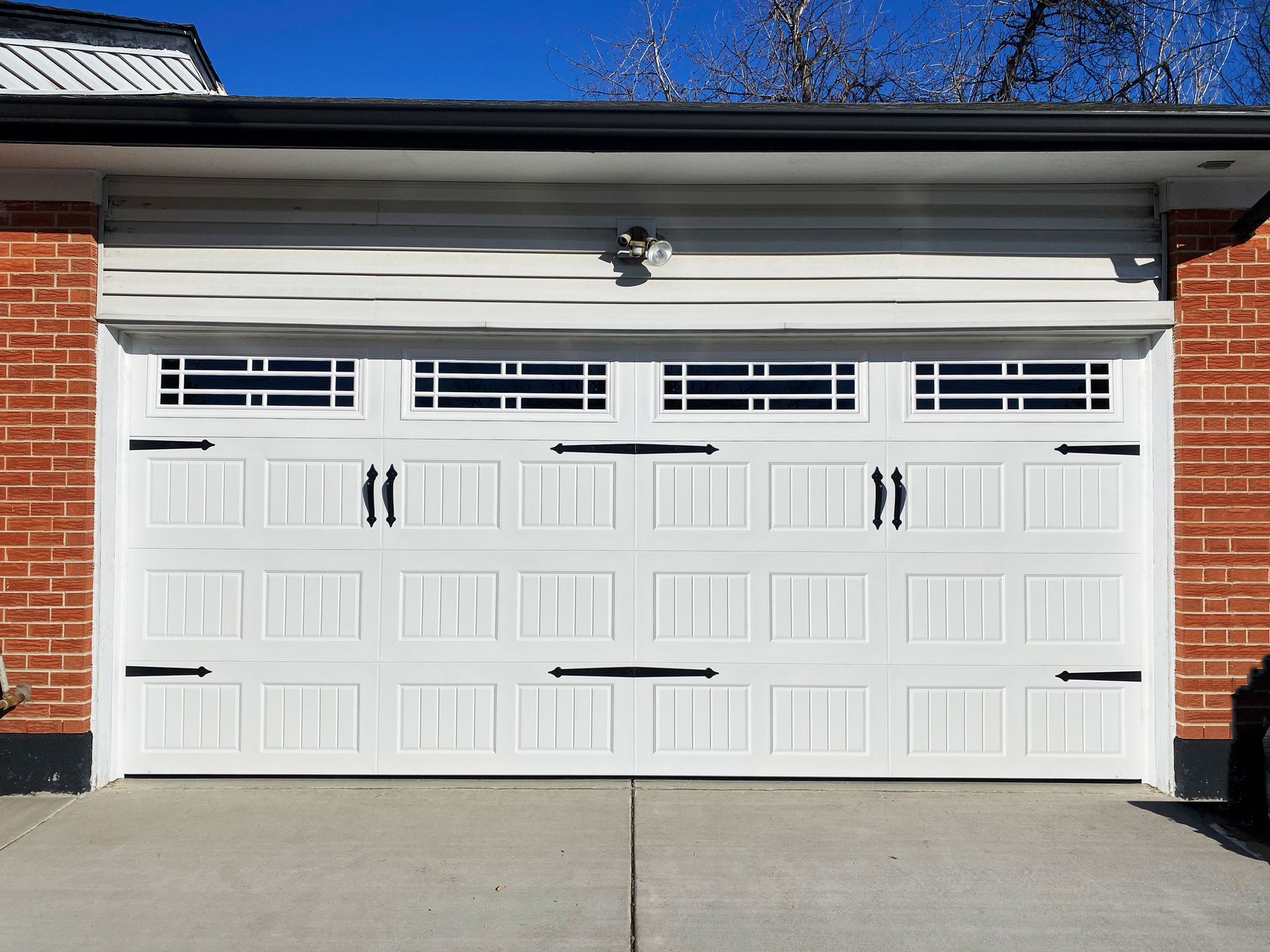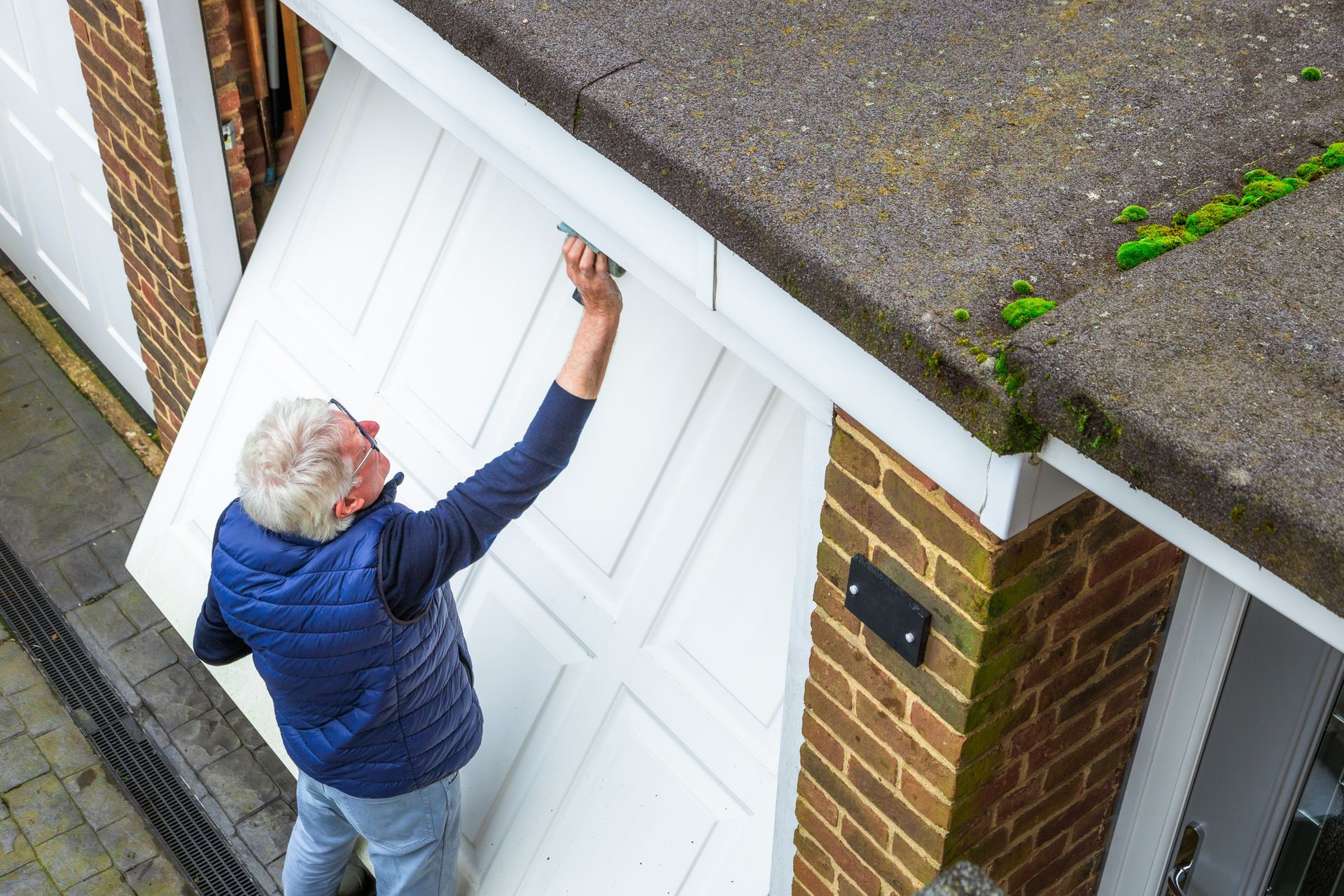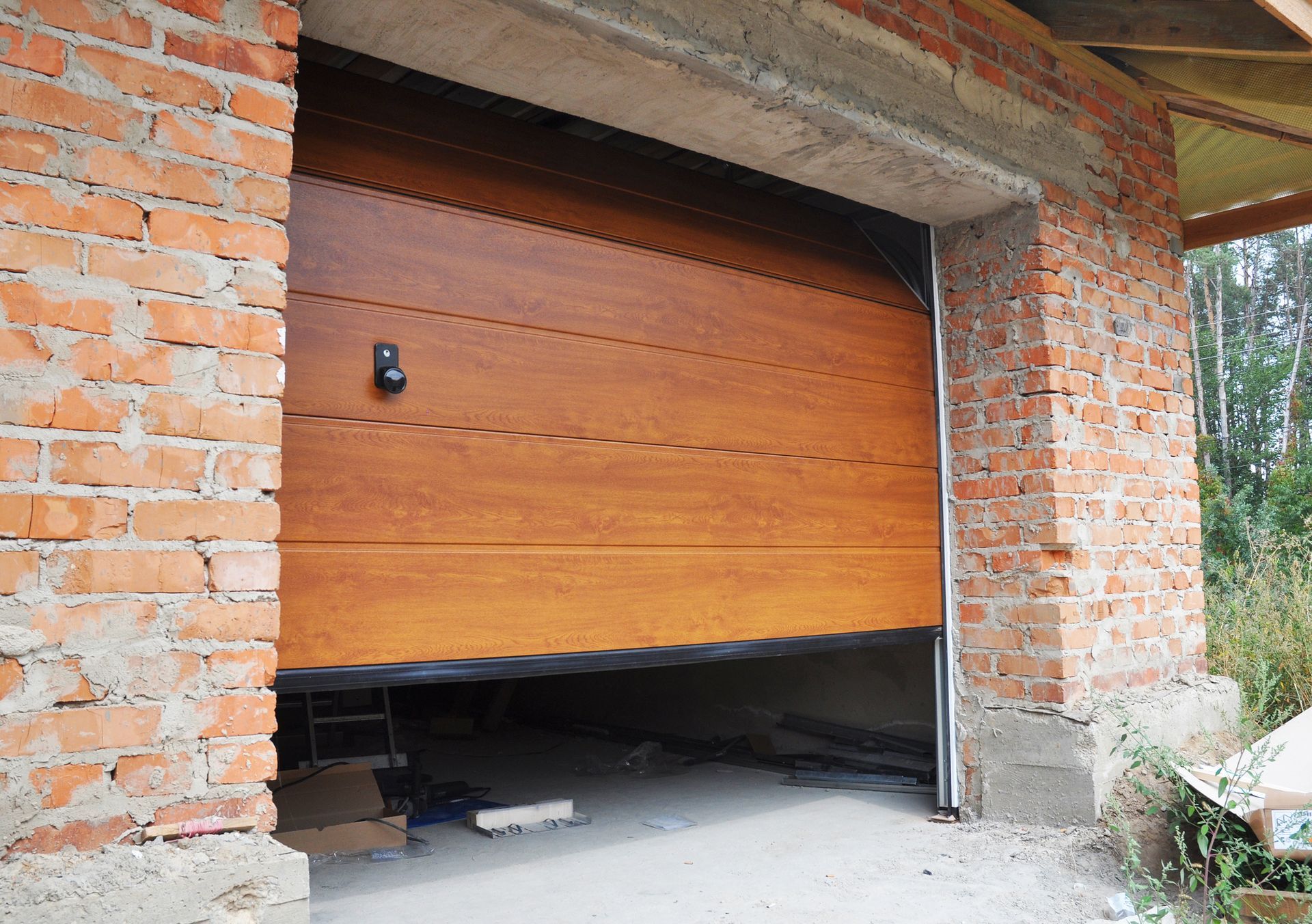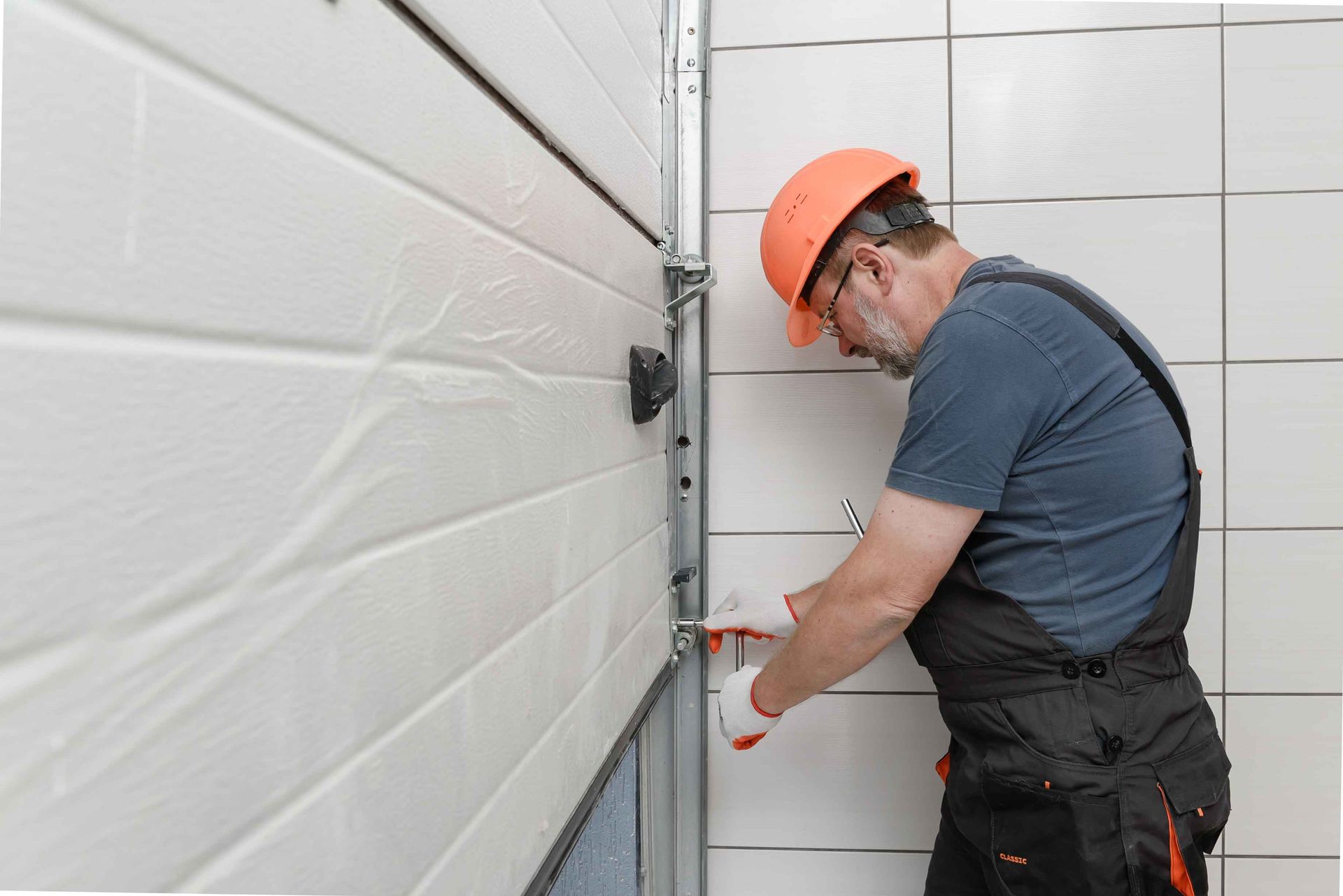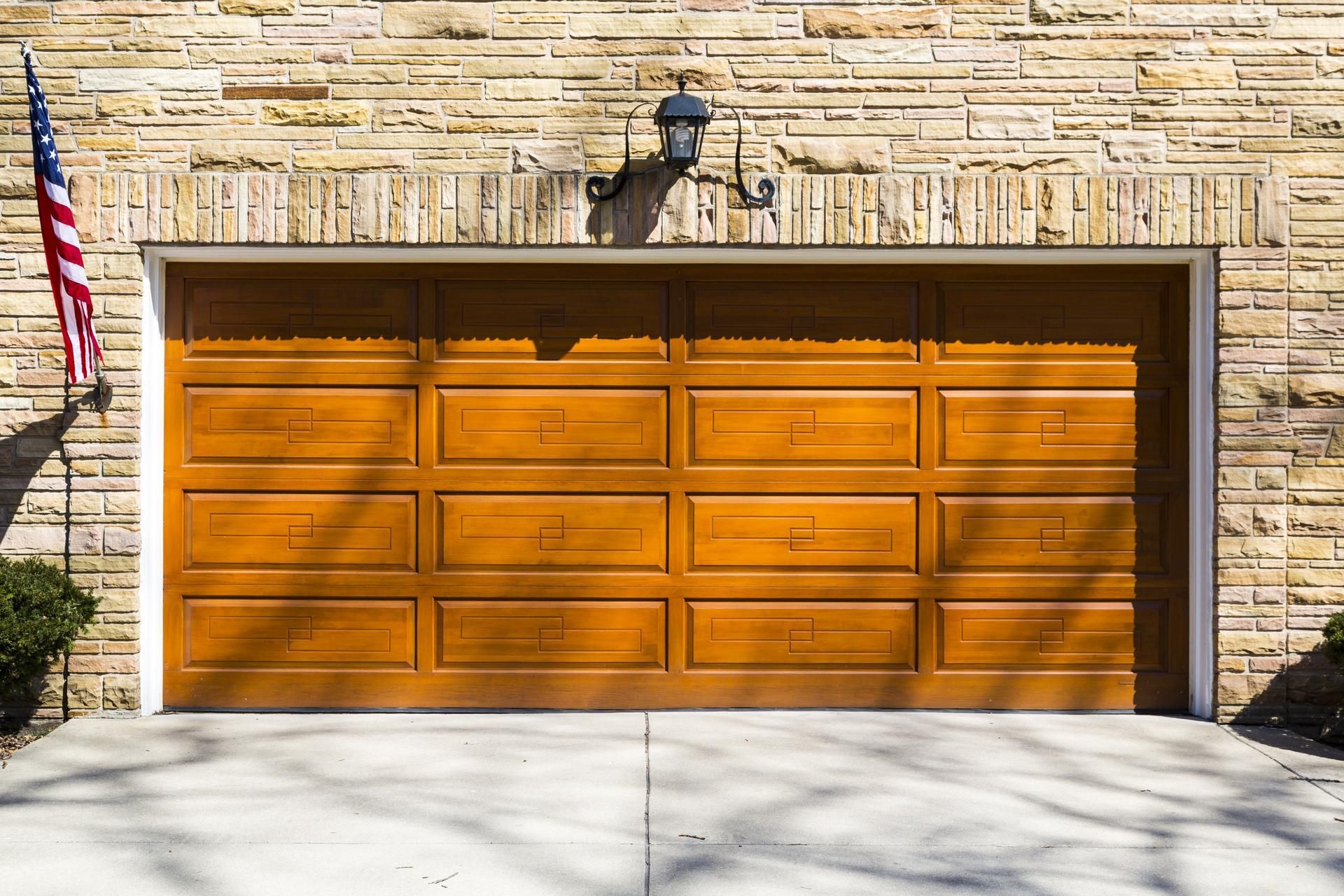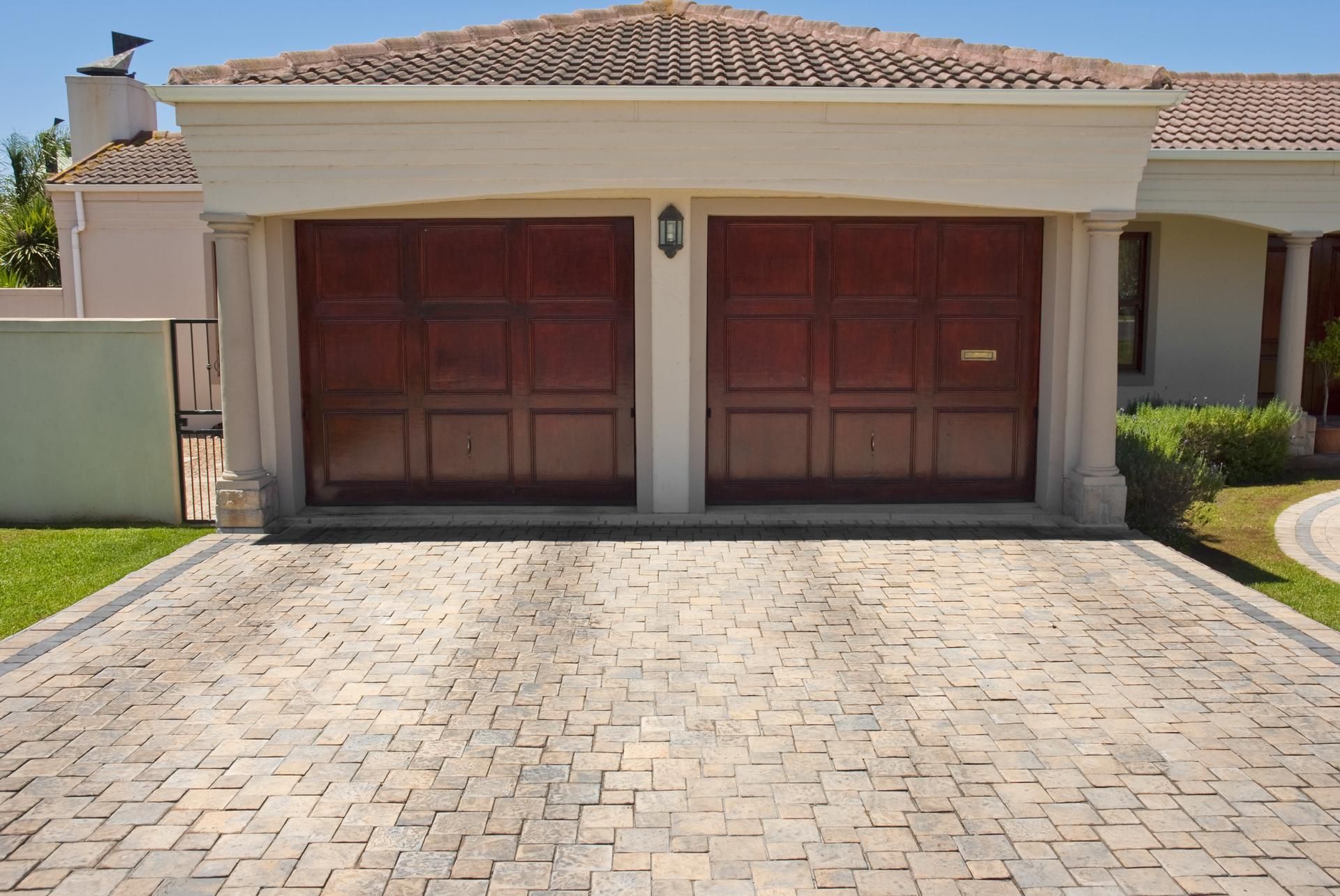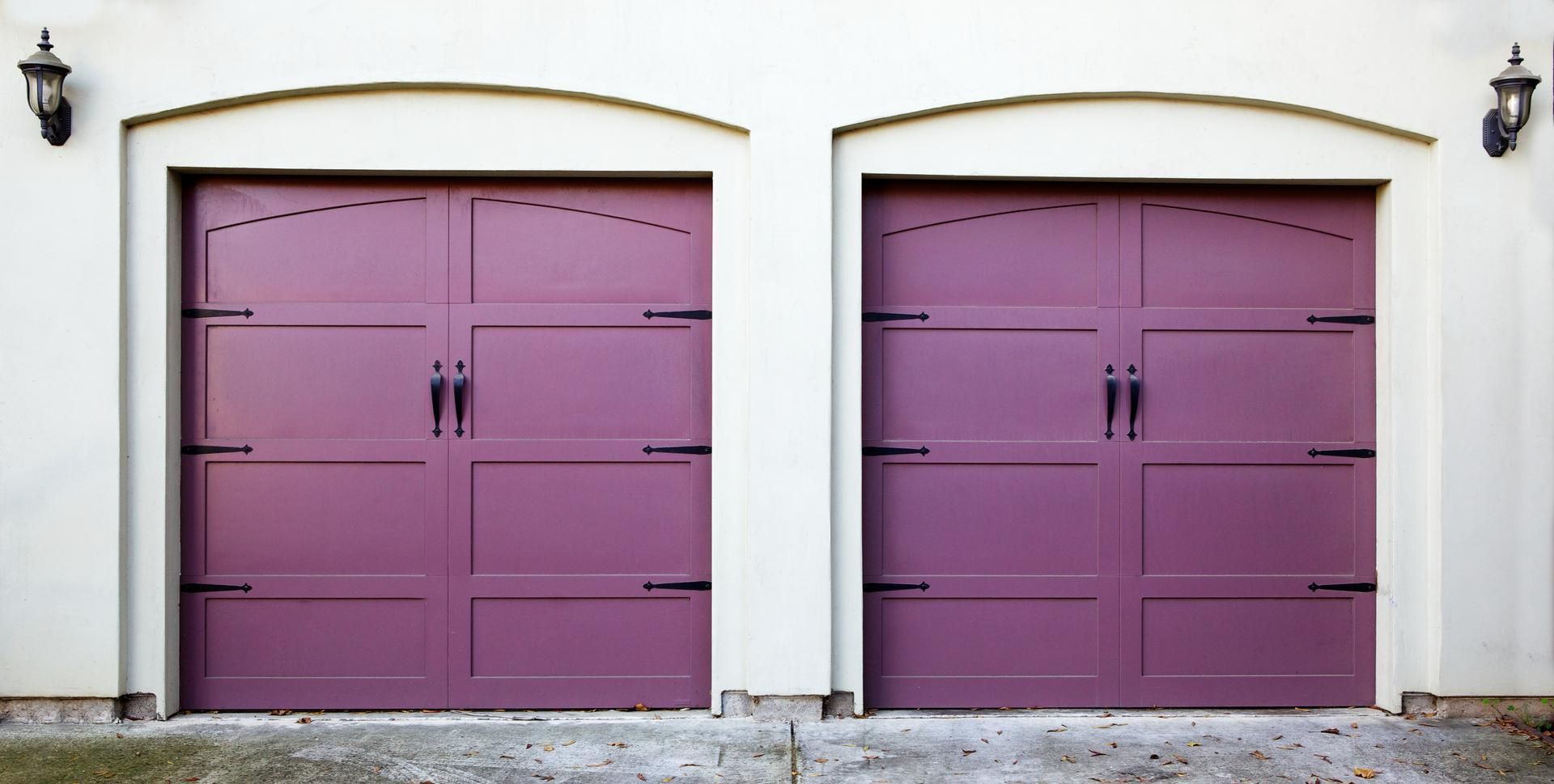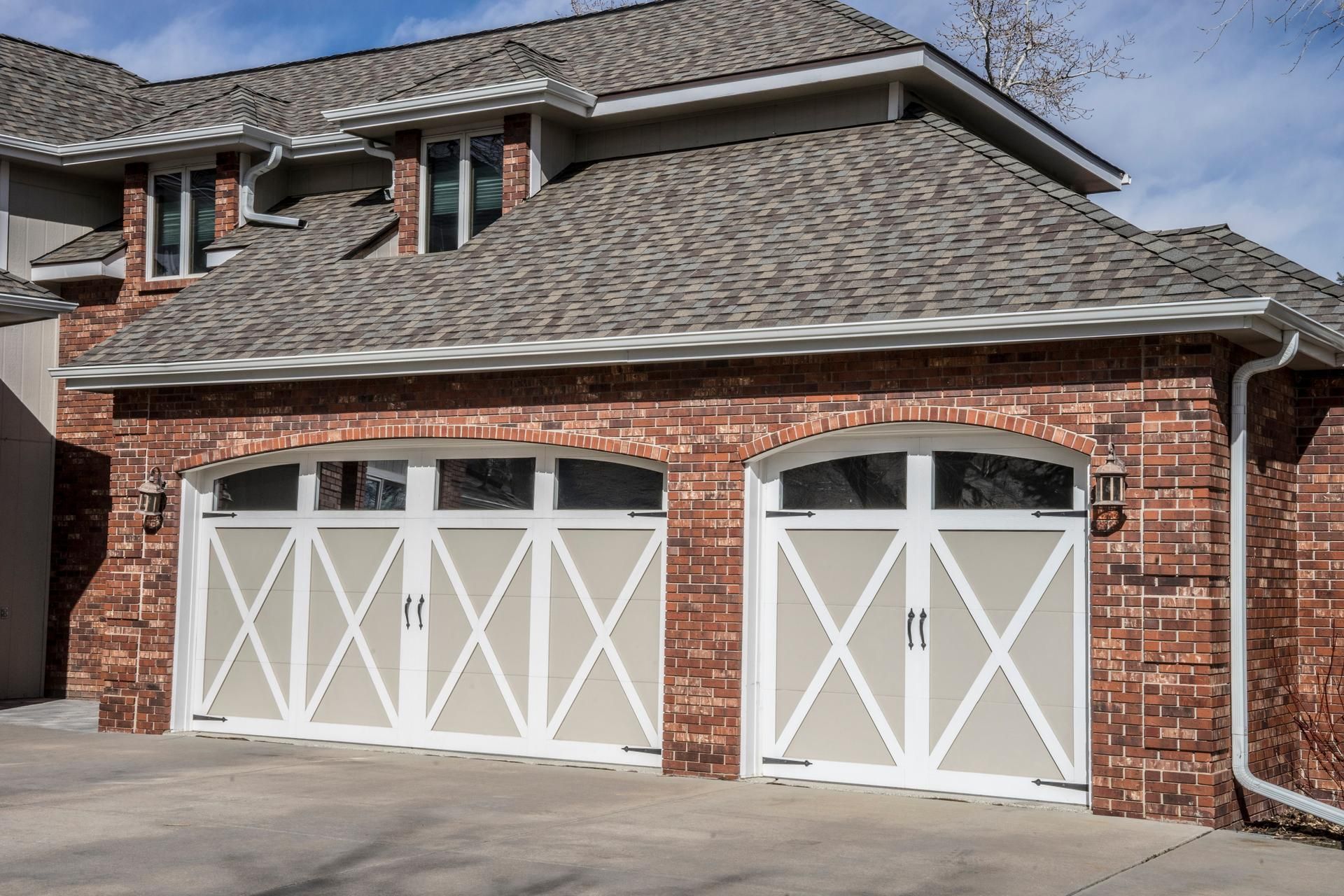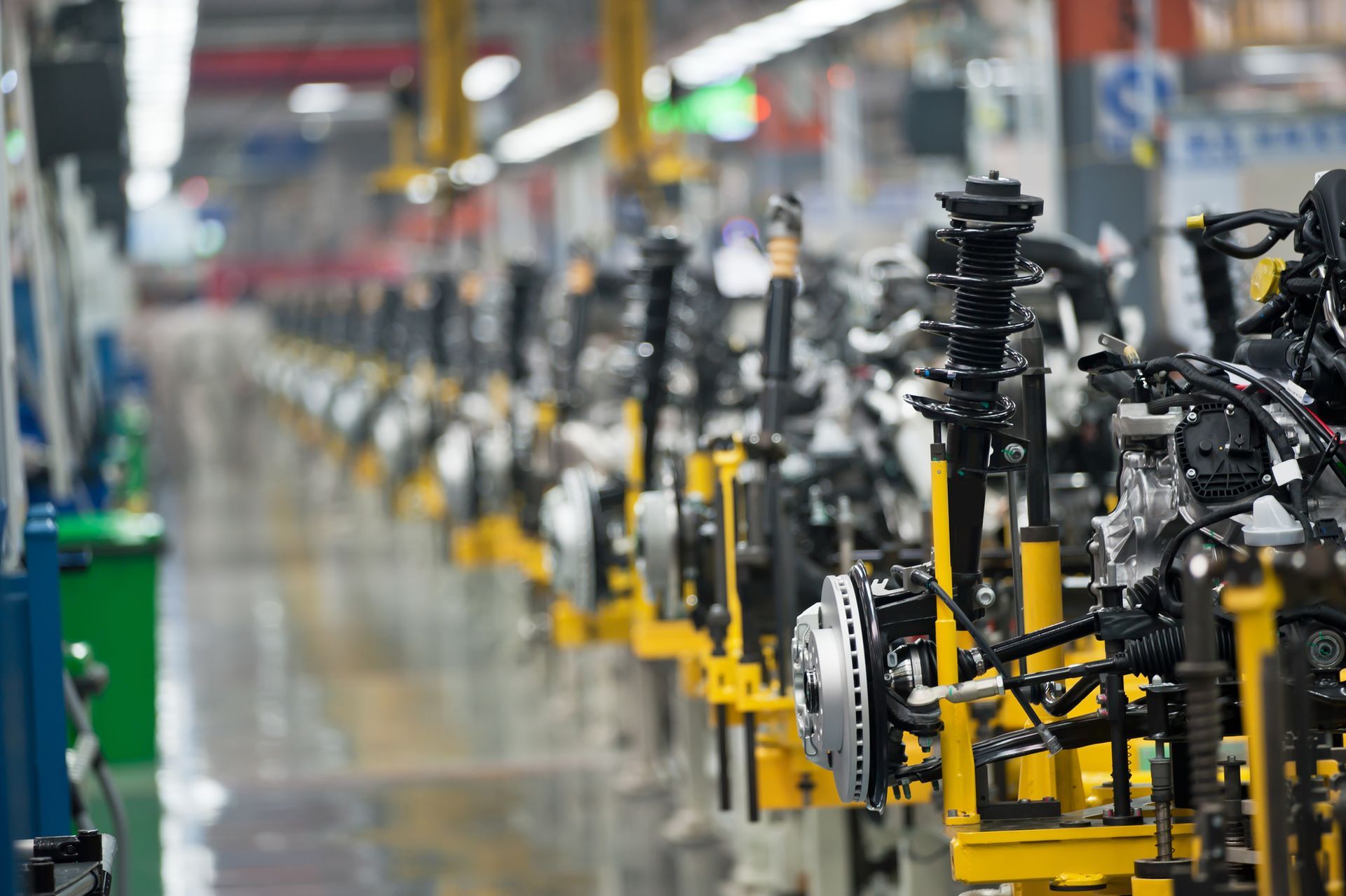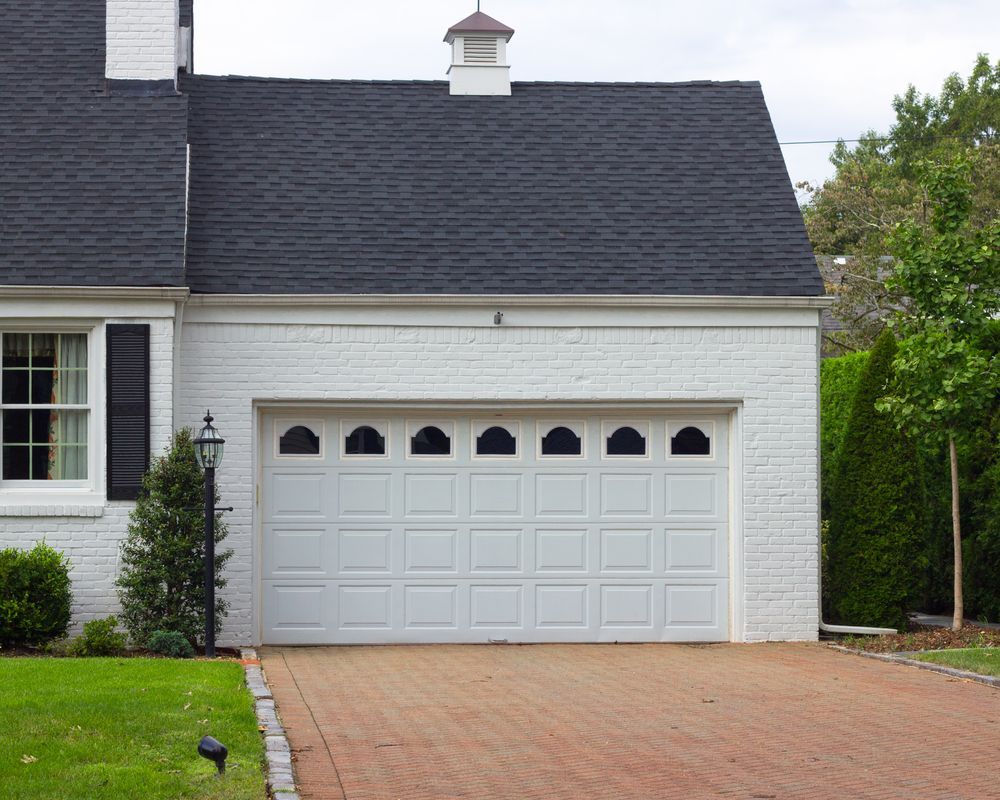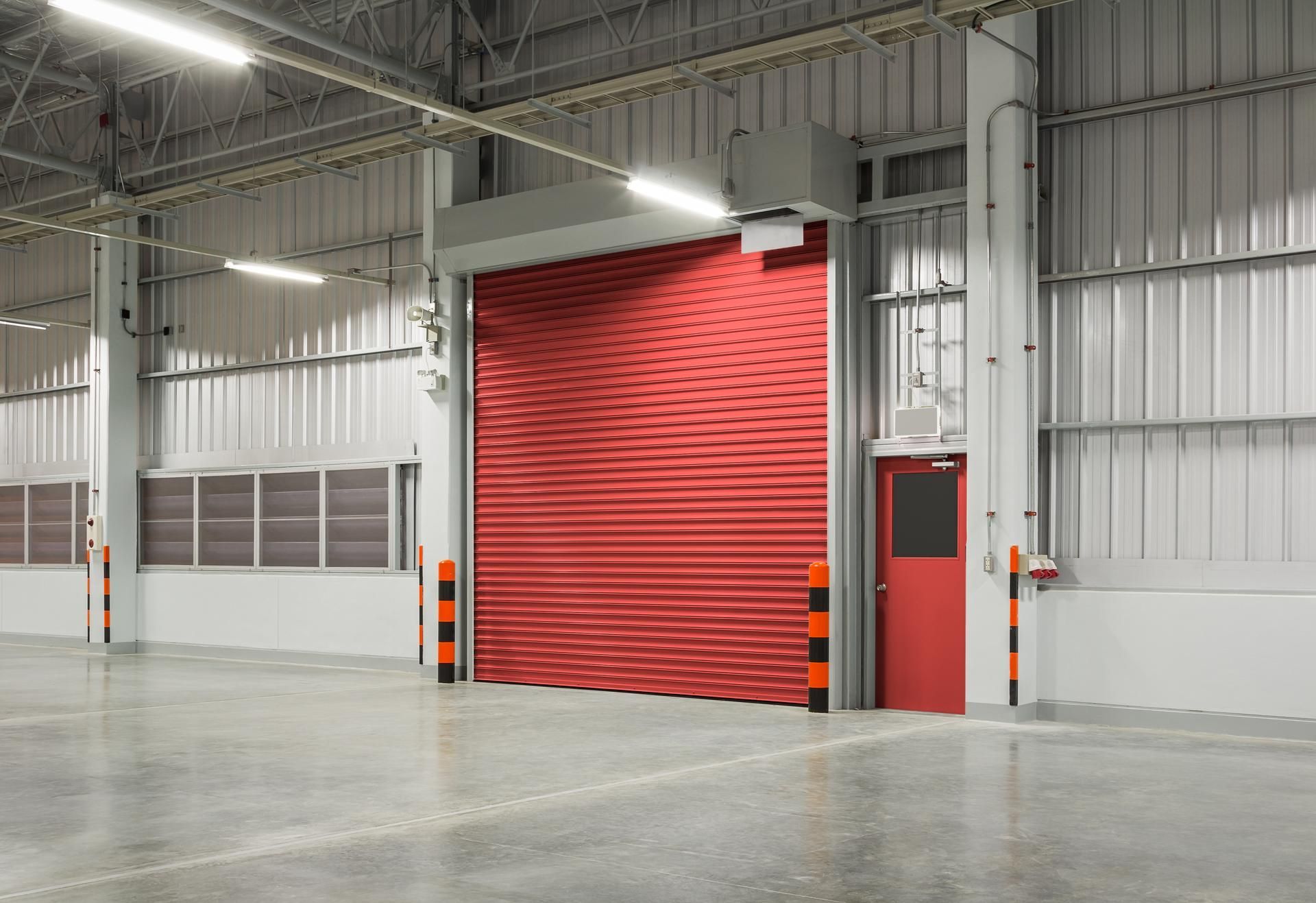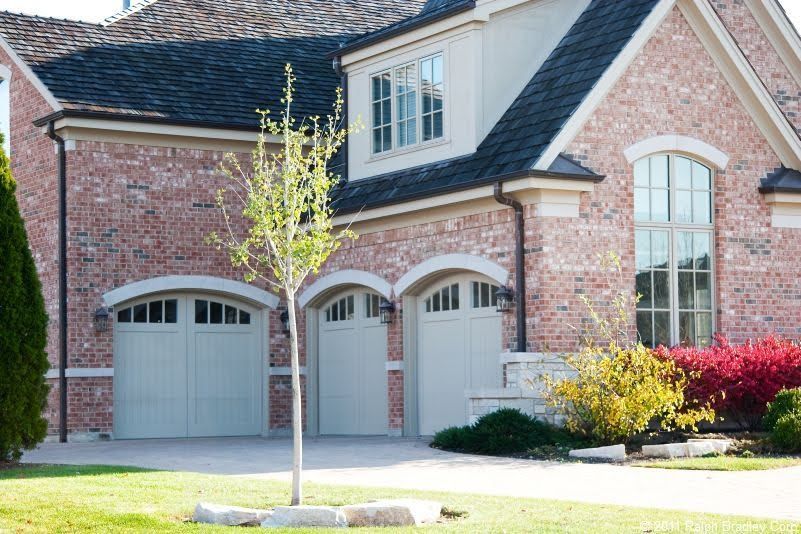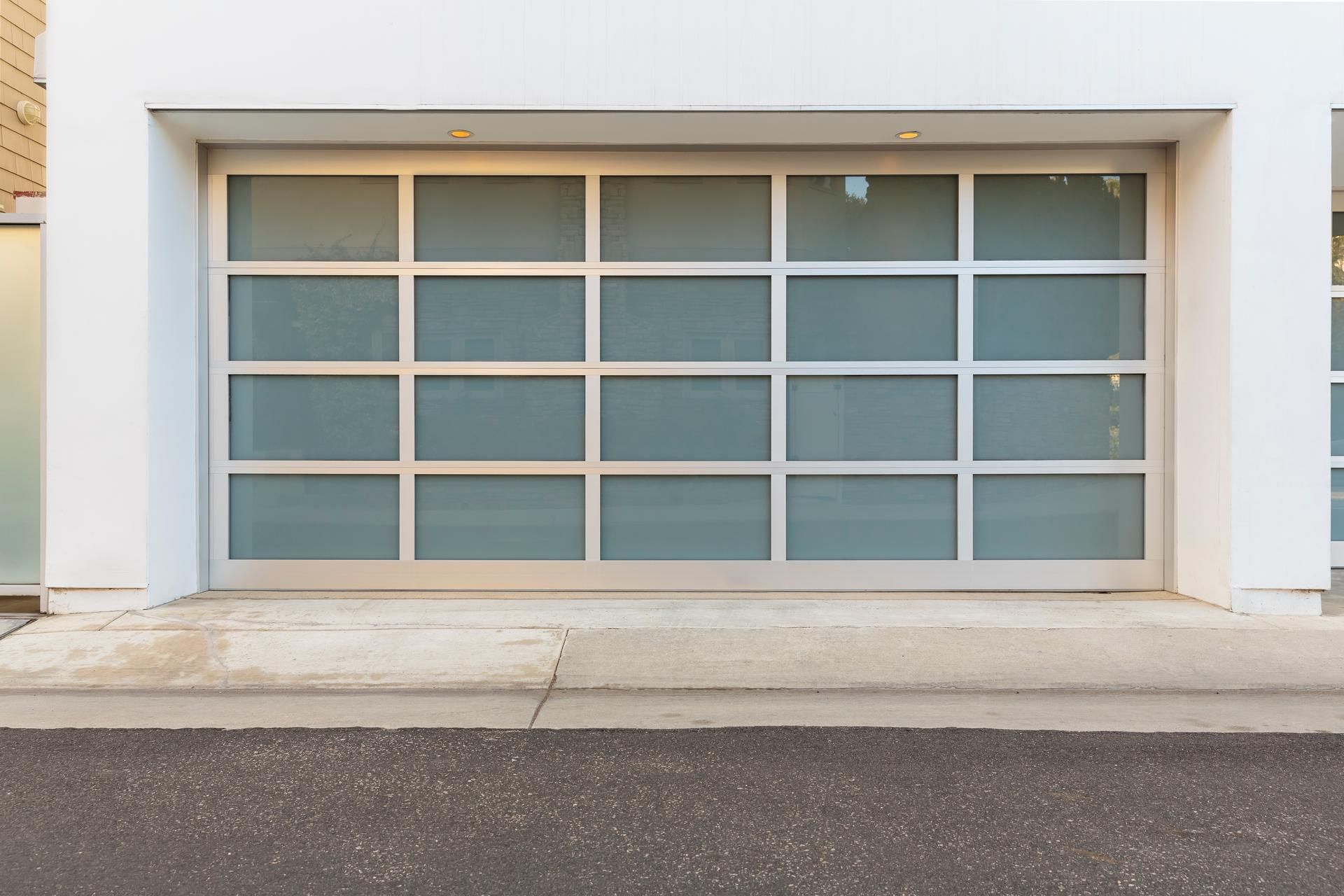FAQs About Garage Door Overlays
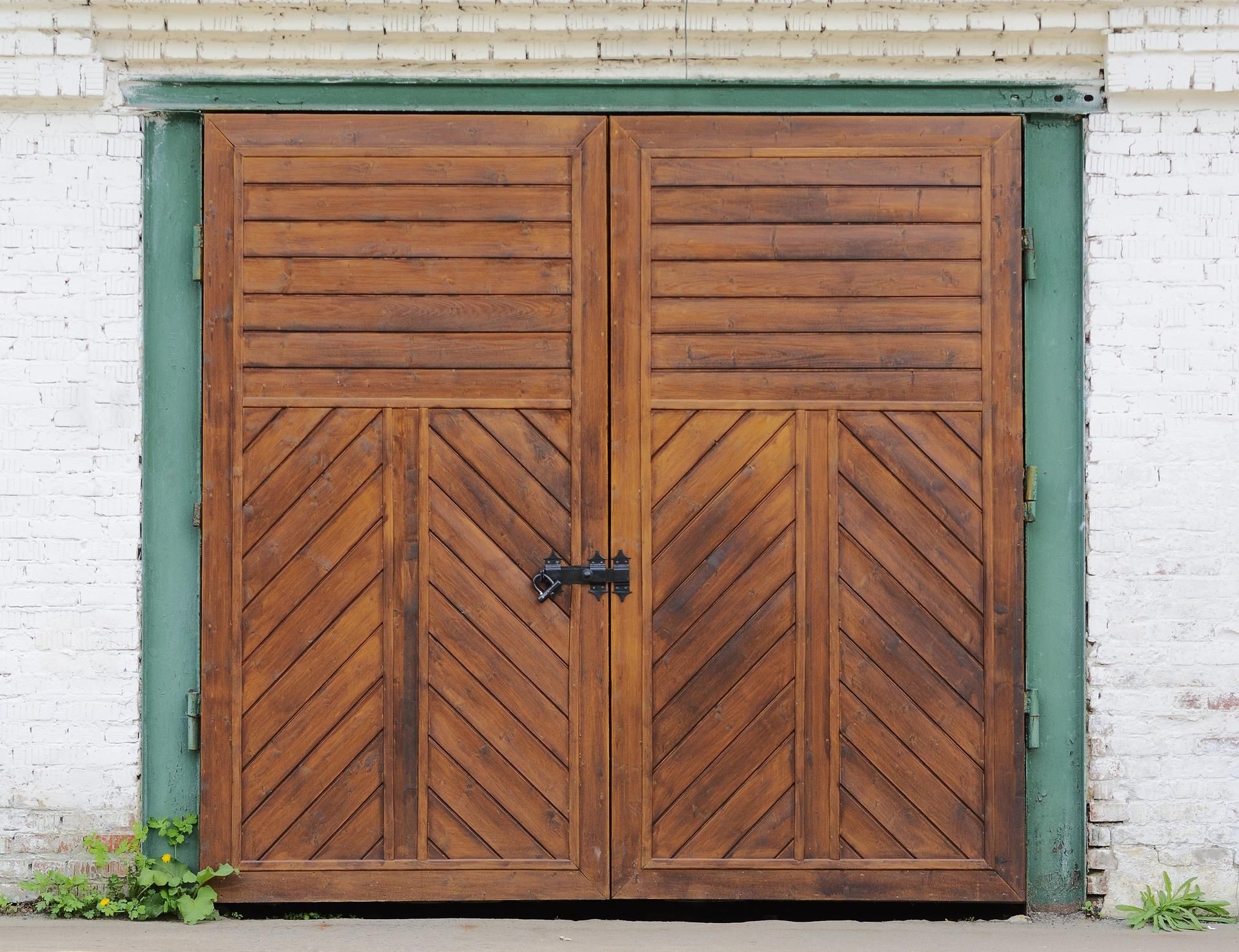
Why should you choose a faux wood composite cladding, or overlay, instead of a solid wood garage door? The classic beauty of a wooden door is timeless. But you're not sure if you want to invest in the solid wood option. Before you buy and install a new garage door, take a look at what you need to know about faux wood overlays.
What is a Wood Overlay?
As the name implies, an overlay sits over the garage door's surface. This creates an entirely new look and completely changes the garage door's style.
Overlays are available in a variety of material options. A wood overlay, also known as a veneer or cladding, is made from—as the name says—wood. This thin layer of wood tops the door and gives it the appearance of a solid design. Your neighbors, friends, and anyone driving or walking by won't know that your door isn't only made from wood.
What is a Faux Wood Overlay?
Again, some overlays are made from real wood. But other veneers are made from a synthetic or composite product. These overlays are either completely fake wood or are a combination of natural wood and engineered materials. Faux wood overlays are made from materials that have the color and texture of real wood.
What is Under the Overlay?
This type of product usually would not cover a real wood door. Instead, a veneer will fit on top of another material to create an illusion. Popular types of garage door materials include steel and aluminum. These materials are often less expensive than full wood garage doors—but may not have the classic style, natural beauty, timeless finish, or energy efficiency of solid wood.
Even though the veneer adds to the aesthetics of the garage door, it won't significantly change the energy efficiency. Plain steel or aluminum doors often require interior insulation to increase energy efficiency. This means the door could have multiple layers, including the steel or aluminum, an insulating material that is sandwiched between the steel or aluminum, and a real wood, synthetic, or composite outer layer.
Which Is Better—A Real or Faux Wood Overlay?
Each type of veneer has pros and cons. A real wood overlay may cost more than the mock version. But the real wood may have a higher-quality aesthetic or last longer. Even though some faux wood overlays look fake, others may have a natural finish that mimics a natural product. These veneers are often a budget-friendly option that can fool most people into thinking that the wood is the real deal.
Unlike real wood, faux wood won't require regular staining, sealing, and maintenance. While you should clean and care for your garage door, you won't have to worry that water, snow, sleet, or ice will rot, stain, or warp the veneer.
Do All Overlays Look the Same?
While veneers do look like real wood, they don't all have the same color, texture, pattern, or style. Overlays come in an array of colors and stains, have different wood grains, use different types of textures, and have different finishes. An overlay may also include a plank-style arrangement, panels, or another type of design.
How Long Will a Garage Door Overlay Last?
The answer to this question depends on the material used to create the overlay and the quality of the product. If the veneer is made from real wood or contains a natural material, the way you care for the garage door will affect the durability.
In general, garage doors can last for 20 to 25 years, according to the International Association of Certified Home Inspectors (InterNACHI). A low-quality or cheap overlay may not make it to the two decade-mark, while a superior product that is well cared for could last significantly longer.
Are you ready to replace your garage door? Contact Town and Country Door LLC for more information.

